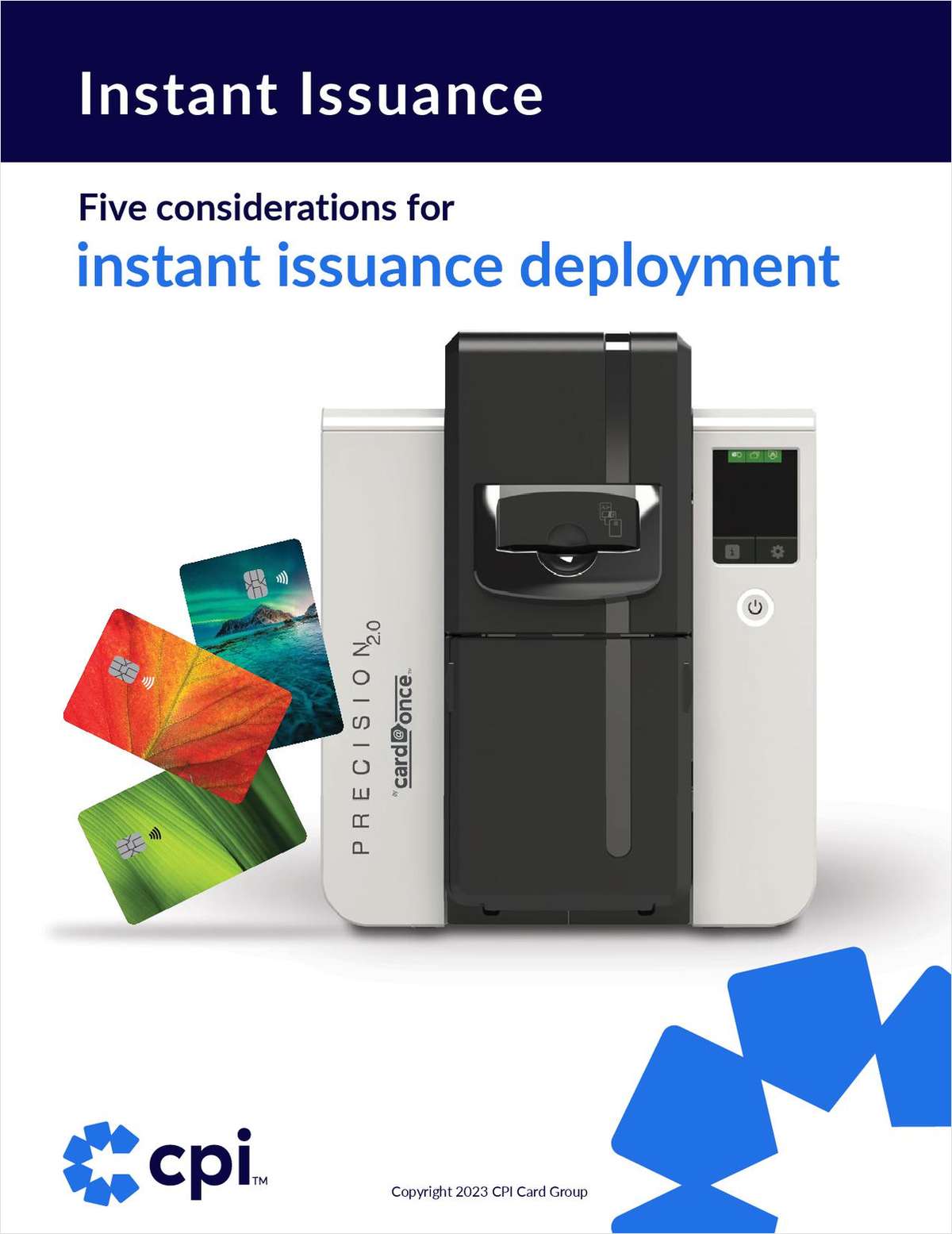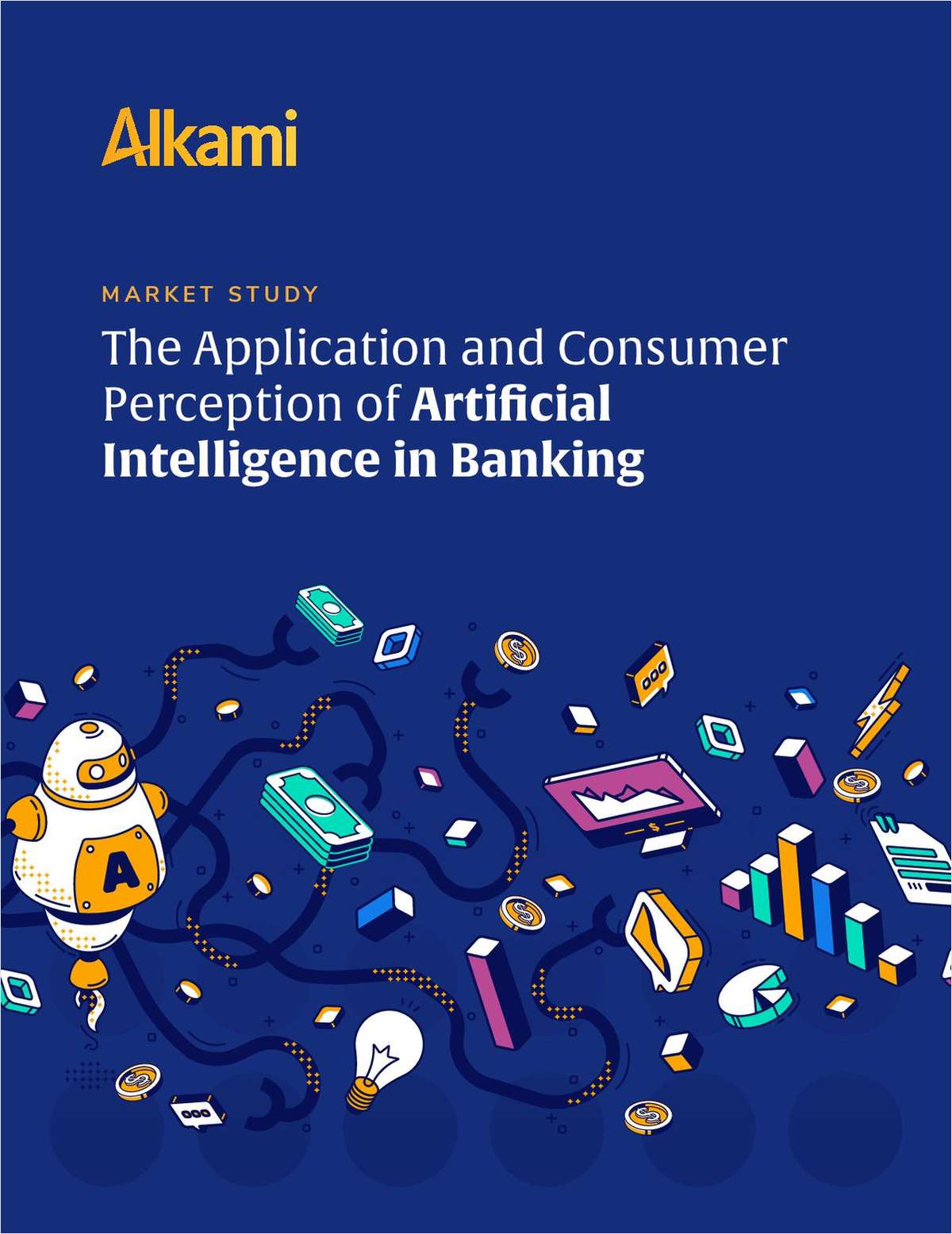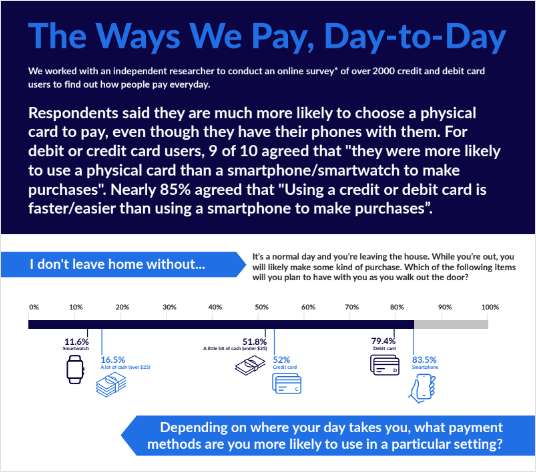MADISON, Wis. – Credit unions should consider themselves lucky. Compared to some other financials that have seen a higher rate of mortgage fraud perpetrated as mortgage lending activity has heated up, sources say credit unions have been relatively spared from any major direct mortgage fraud hits. But that doesn't mean it can't happen, and one expert shared her advice on how credit unions can avoid becoming victims of mortgage fraud. No one knows for sure how much fraud costs the mortgage industry each year. One figure that's been kicked around is $30 billion annually, although the Mortgage Asset Research Institute says this number is "unrealistic." The Financial Crimes Section of the FBI says the agency doesn't track mortgage fraud losses . Even the Financial Crimes Enforcement Network (FinCEN), which collects information from Suspicious Activities Reports, stated in a letter and report to the Senate Banking Committee that "there exists no way to obtain accurate dollar amounts [of losses] without going into each SAR itself, looking at the data provided, and reading the narrative." What experts do agree on though, is that as the mortgage industry continues to experience record levels of originations, it is also experiencing an increase in reported mortgage fraud. In addition, though the data is underreported, appraisal fraud is the fastest growing fraud reported by major lenders in the country. Victoria Prast, senior vp operations and credit administration for CUNA Mutual Mortgage Corp. goes a step further. Besides appraisals, she said the other four primary areas where mortgage lenders most commonly see fraudulent information is in the application, the borrower's employment information, depository information and tax returns. "If you have a seasoned criminal out there who can create fraudulent documents, I don't know if anyone can isolate themselves from these types of situations," Prast said. As a small consolation, she said she didn't think there were more individuals creating mortgage fraud, rather "there are a few individuals who are finding a way to perpetuate it, they're more clever." Appraisal fraud, said Prast, most often occurs at the appraiser level – so it's critical for credit unions to know who is performing the appraisal and their level of expertise for the type of property that's being appraised. Prast advises credit unions to establish requirements for an appraiser to be approved to perform appraisals for a credit union. She recommends, for example, that CUs require the appraiser to provide copies of appraisals they've performed and to provide at least three references of lenders with whom they're approved and are providing services for. In addition, a CU should require a copy of the appraiser's license and set up a database to follow up prior to the expiration date of the appraiser's license to receive an updated license. The CU should also review the appraiser disbarred and exclusionary list to confirm the appraiser is acceptable. Staff, not the members, should order appraisals, says Prast. Staff should be instructed that an appraiser is required to appraise property based on market data and they're not allowed to put pressure on an appraiser to meet certain values. In the quality control process, review appraisals should always be ordered from another appraiser who is totally independent from the original appraiser. Beyond appraisal fraud, Prast said CUs should be alert to other popular types of mortgage fraud. * Application: occupancy – to obtain a lower rate or have to pay a smaller downpayment, borrowers may claim the dwelling will be used as a primary residence even when they know it will be used as a vacation home or investment property. CUs should look to see if the applicant is purchasing a new home in the same area when they presently own a home of greater value than the new property, or the applicant is purchasing a home identified as a vacation home that's located a minimal distance from the primary residence and the property is not in a vacation or recreational area. * Employment information – the borrower's employment information or residential address is not consistent with their credit report; employer's phone number is a personal answering machine; employer's address is a post office box with no physical address available; paycheck stub is not computer generated; borrower's Social Security number is not consistent with their credit report. * Depository information – recent large deposits into the borrower's account; a new account is opened in the name of a person other than the loan applicant or co-applicant; automatic deposits from an employer other than the employer stated on the loan application. * Tax returns – applicant doesn't supply complete tax return; tax return has several errors related to math calculations; indicates dependents that are inconsistent with the loan application; employer information on W2 or 1099 is inconsistent with application information. To avoid become victims of mortgage fraud, Prast says credit unions should be questioning the borrower throughout the process as their application goes through the system. "We're not trying to delve into people's lives, we're just trying to feel out the conflicts in the information they provide for possible fraud," Prast said. [email protected]
Complete your profile to continue reading and get FREE access to CUTimes.com, part of your ALM digital membership.
Your access to unlimited CUTimes.com content isn’t changing.
Once you are an ALM digital member, you’ll receive:
- Breaking credit union news and analysis, on-site and via our newsletters and custom alerts
- Weekly Shared Accounts podcast featuring exclusive interviews with industry leaders
- Educational webcasts, white papers, and ebooks from industry thought leaders
- Critical coverage of the commercial real estate and financial advisory markets on our other ALM sites, GlobeSt.com and ThinkAdvisor.com
Already have an account? Sign In Now
© 2025 ALM Global, LLC, All Rights Reserved. Request academic re-use from www.copyright.com. All other uses, submit a request to [email protected]. For more information visit Asset & Logo Licensing.









